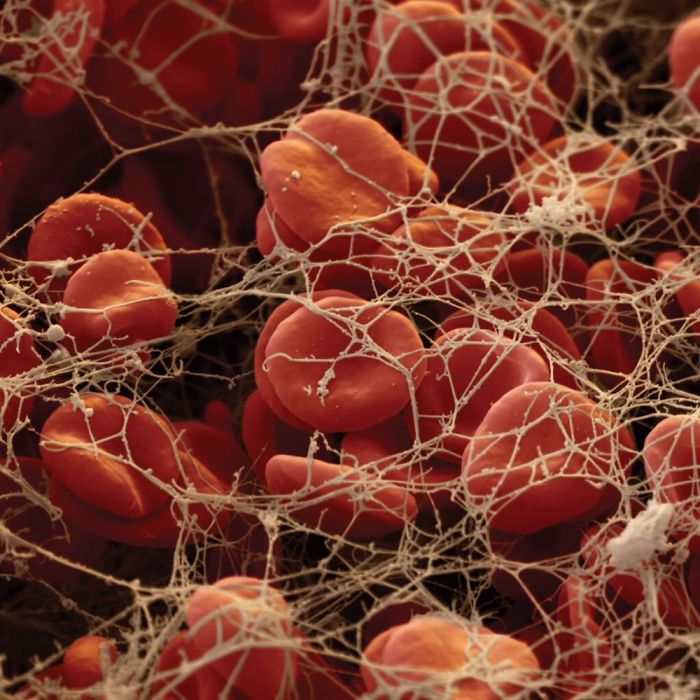
15+ Photos Under The Microscope.
Over 15+ photos that you may have never wanted to see under a microscope, but curiosity got the better of you!
Blood clot under a Microscope #1
Oh what a tangled web we spin! A blood clot is a mass of blood that changes from liquid to a gel-like or semisolid state. Clotting is a necessary process that can prevent you from losing too much blood in certain instances, such as when you injure or cut yourself. When a clot forms inside one of your veins it won’t always dissolve on its own.
Your Eyelashes #2
There’s the anagen phase (active growth period), the catagen phase (transitional period), and the telogen phase (resting period). And at any given time, 90% of your lashes are in the active growth stage where they grow about .16 millimeters a day. So, if you cut your lashes they will grow back… it will just take about five months.
Eyelash Mite #3
Rosacea – a common skin disease characterised by red blotches on one’s face – may be “caused” by “tiny bugs closely related to spiders living in the pores of your face.” Tiny bugs that “crawl about your face in the dark”, lay eggs in your pores, and release a burst of faeces when they die.
Maggot Mayhem #4
Maggots have huge appetites, so they only live where there’s a good supply of rotting food material. This includes carcasses, garbage cans, rotting fruit and such. Flies will only lay their eggs in such places. The organic material will be in a state of breakdown already. Maggots have been used in treatment of non-healing wounds.
A Wasp’s Head #5
Wasps can sting repeatedly. Only females have stingers, which are actually modified egg-laying organs. Despite the fear they sometimes evoke, wasps are extremely beneficial to humans. Nearly every pest insect on Earth is preyed upon by a wasp species, either for food or as a host for its parasitic larvae.
A Chicken Embryo #6
When an egg is fertilized by a rooster, the blastodisc becomes known as the blastoderm, which is the first stage of embryonic development. The blastoderm is identified by its bullseye appearance, having regular, concentric circles. The blastodisc will remain in a state of suspended animation, so to speak, forever unless warmed at particular temperatures for several hours. When a fertile egg is incubated under precise, steady temperatures and humidity levels for 21 days, the blastoderm may develop into a chick.
Water Mite #7
Like all mites, Water Mites are close relatives of spiders. Like spiders, they have eight legs and soft bodies. There are many different kinds of mites. Some live in soil, some on plants. Water Mites live in marshes, ponds, and lakes.
A Tooth #8
No two people have the same set of teeth—your teeth are as unique as your fingerprint, so be proud of your unique set of teeth!
Tadpole Times #9
A tadpole (also called a pollywog or porwigle in British English) is the larval stage in the life cycle of an amphibian, particularly that of a frog or toad. They are usually wholly aquatic, though some species have tadpoles that are terrestrial.
A Mosquito’s Eyes #10
The mosquitoes eyes are compound eyes with the appearance of being like mesh. This appearance comes from the fact that compound eyes are made up of many hundreds if not, thousands of lenses called ommatidia.
Engorged Tick! #11
Ticks don’t jump, fly, or drop from trees onto your head and back. If you find one attached there, it most likely latched onto your foot or leg and crawled up over your entire body. Ticks are “programmed” to try and attach around your head or ears. On their normal hosts, ticks also usually crawl up; they want to blood feed around the head, neck, and ears of their host, where the skin is thinner and hosts have more trouble grooming.
Water Bear (AKA Tardigrades) #12
Tardigrades are water-dwelling, eight-legged, segmented micro-animals. They were first discovered by the German zoologist Johann August Ephraim Goeze in 1773. They can survive extreme conditions that would be rapidly fatal to nearly all other known life forms.
Spider Eyes #13
Most spiders have eight eyes. Some have no eyes and others have as many as 12 eyes. Most can detect only between light and dark, while others have well-developed vision.
Human Fingernail #14
Nails are similar to claws in other animals. Fingernails and toenails are made of a tough protective protein called keratin.
An llama’s Eye #15
The llama is a domesticated South American camelid, widely used as a meat and pack animal by Andean cultures since the Pre-Columbian era. Wikipedia
Marine Worm #16
Marine worms are found in several different phyla, including the Platyhelminthes, Nematoda, Annelida (segmented worms), Chaetognatha, Hemichordata, and Phoronida. Also known as Sea worms. Marine worms usually have separate sexes and temporary sex organs. Rows of gonads line the inside of their bodies to produce either eggs or sperm. When they are ready to be released, the gonad ducts form on demand and are reabsorbed.
454views
Share on Facebook
 Dark Mode
Dark Mode 

 No fees, cancel anytime
No fees, cancel anytime 



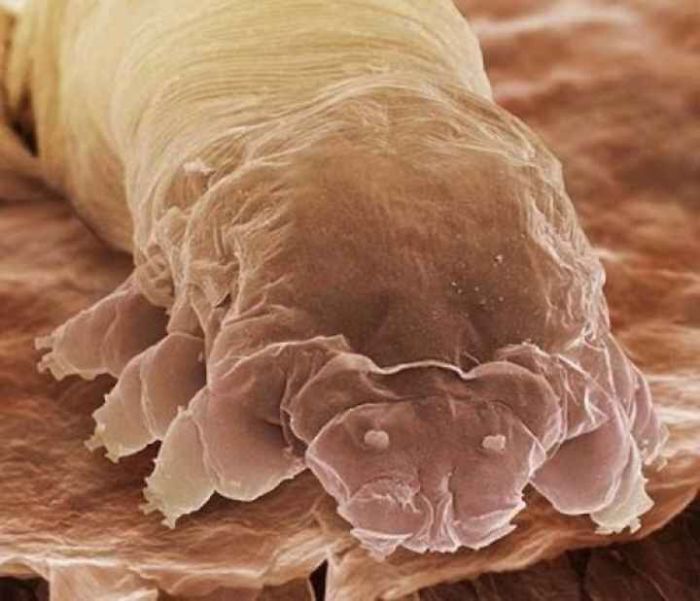
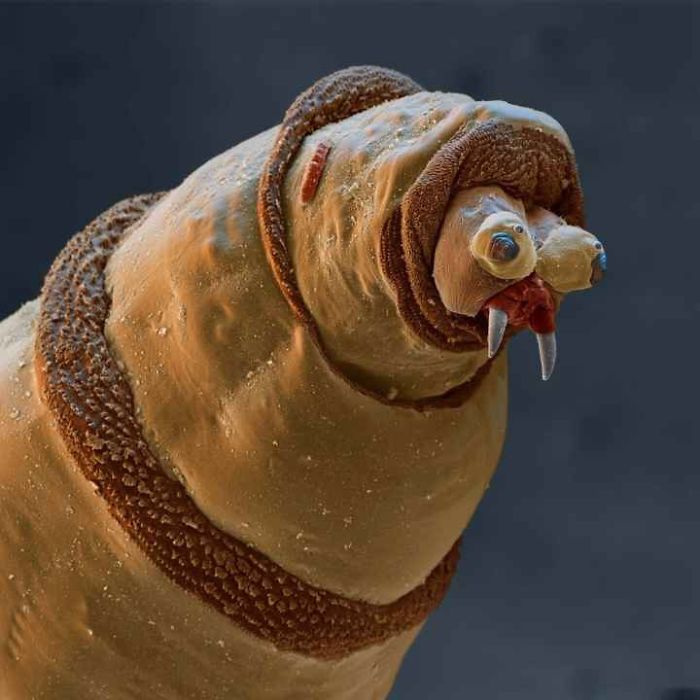
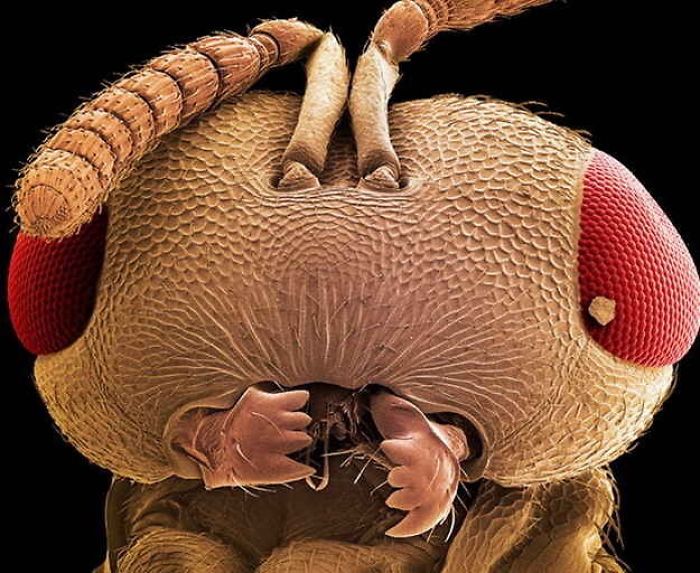
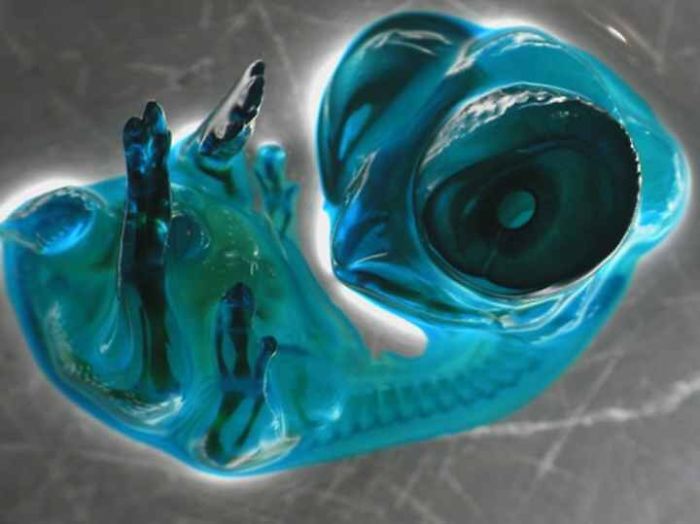
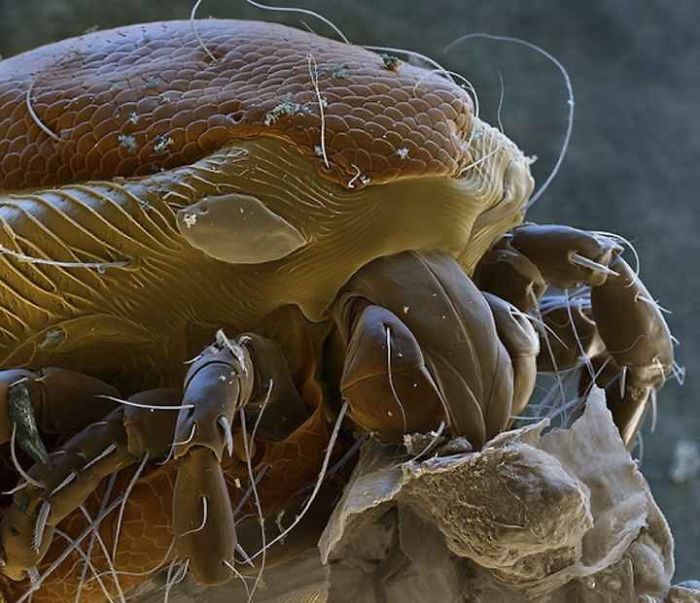
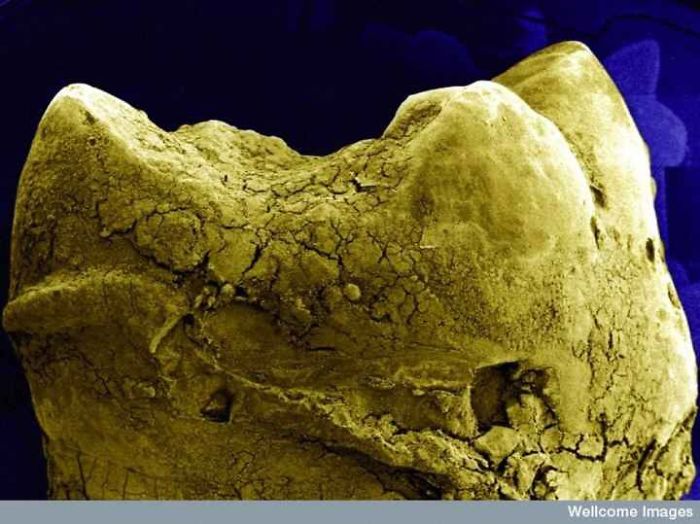
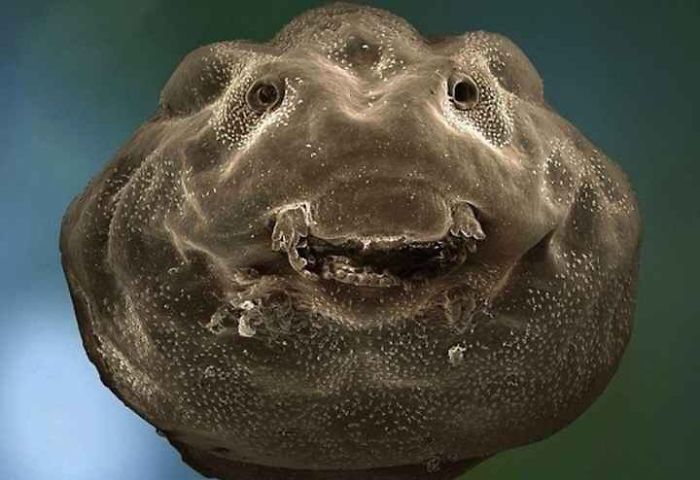
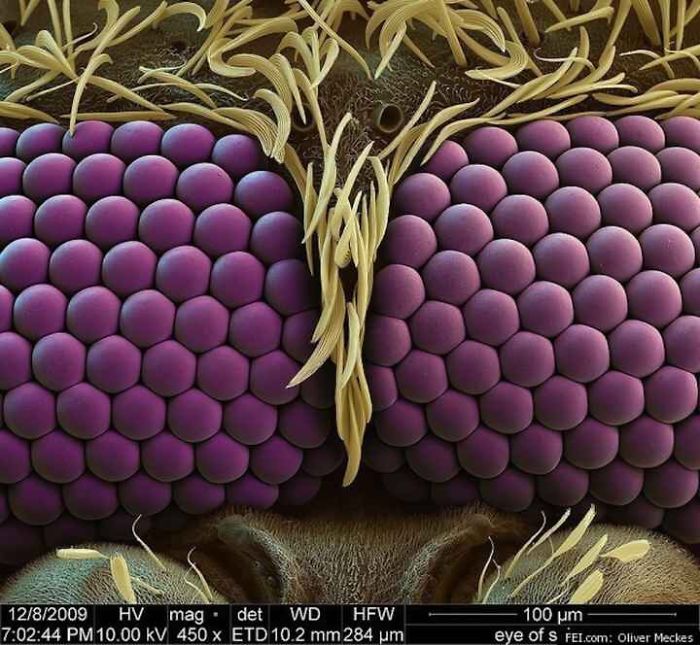
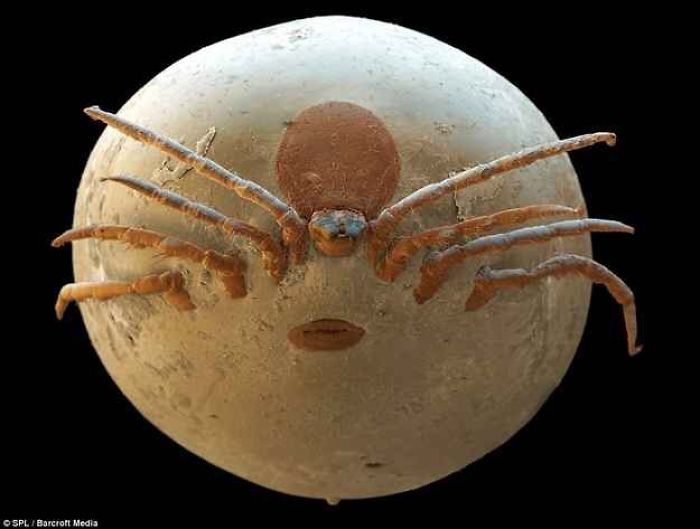
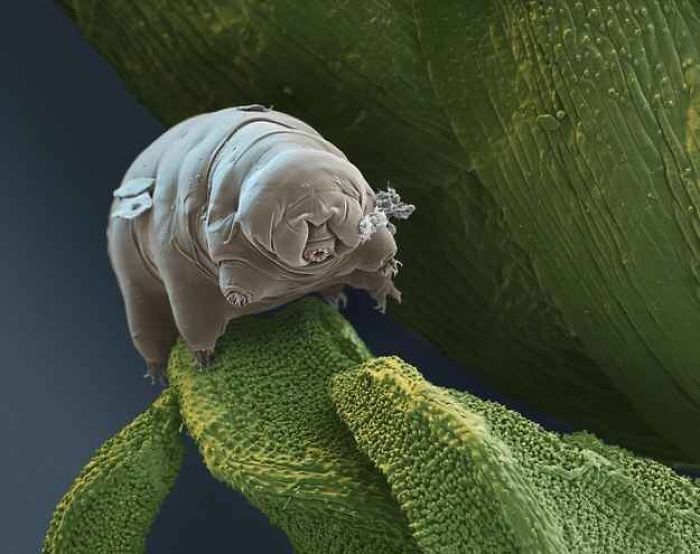
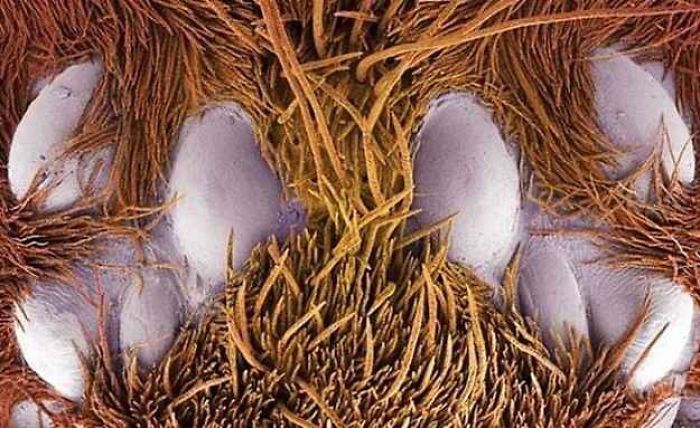
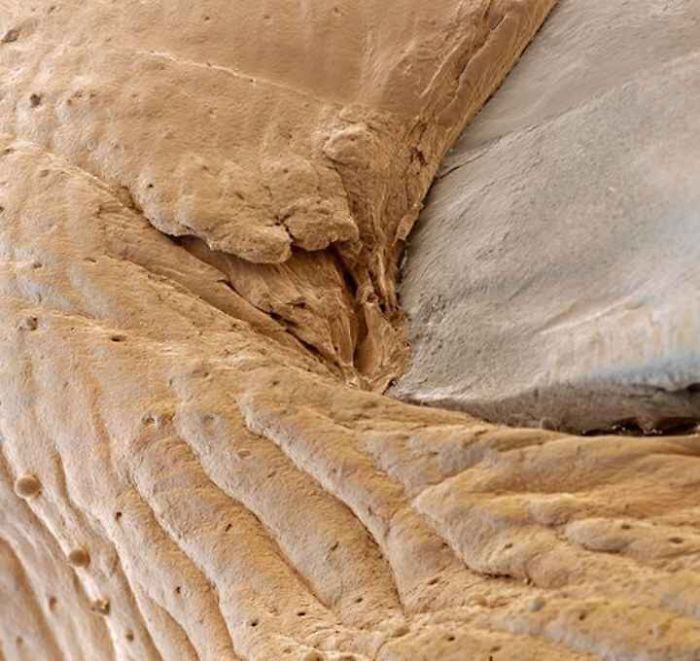
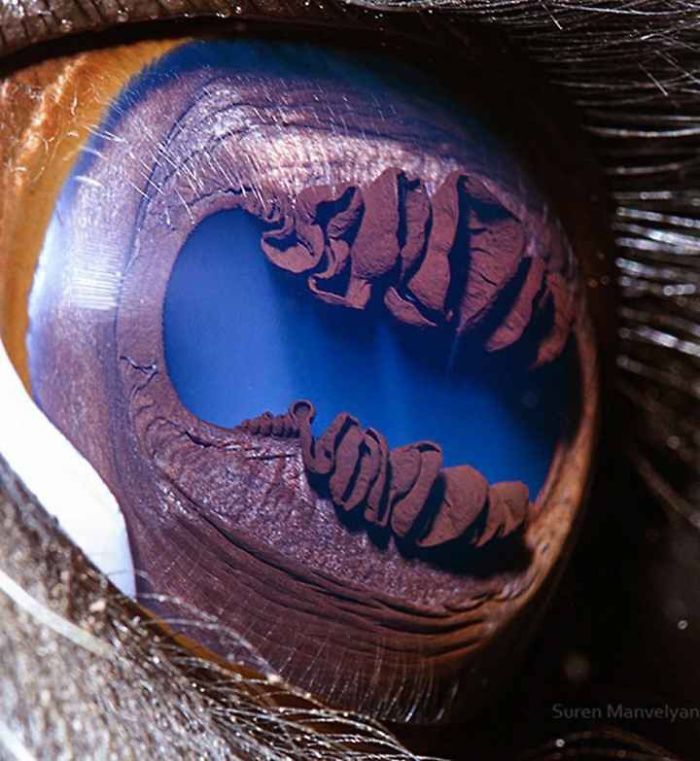
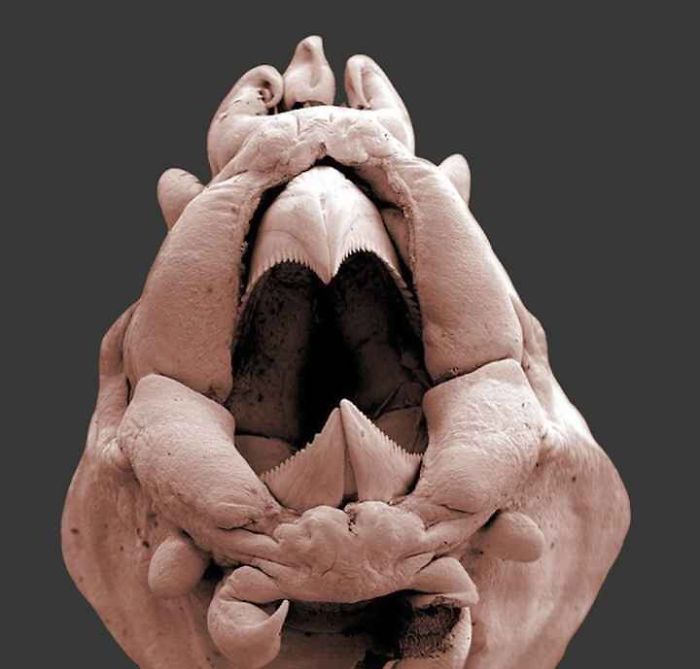









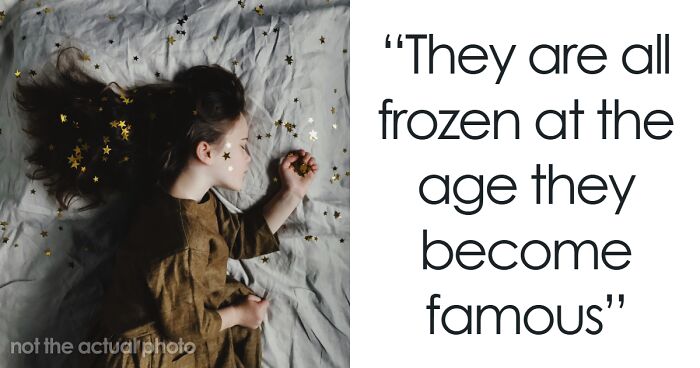















17
1